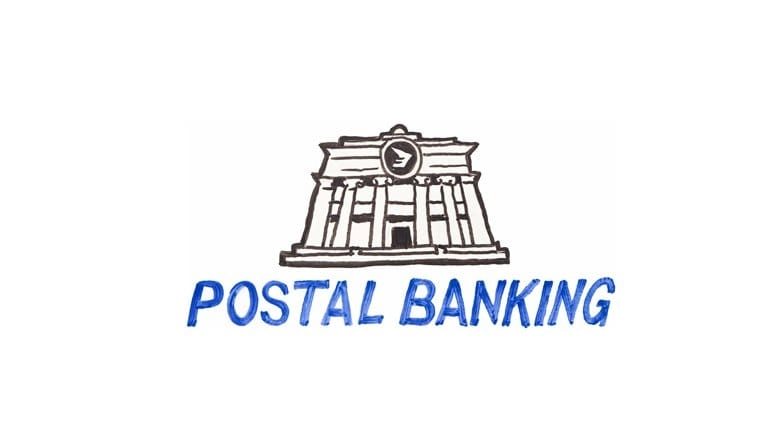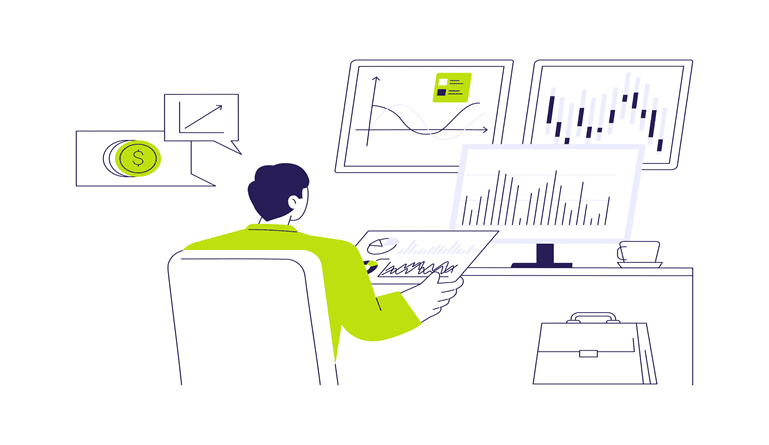Postal banking is changing, and there are many new innovations that are being added in the future.
How postal banking is changing and what it will look like in the future.
Postal banking is the establishments of low-cost banking that is driven by consumer needs through the postal services. The consumer needs could be among others savings accounts, bill payments, check cashing and small-dollar loans. Postal banks are most in areas where people do not have access to the modern banks or they prefer an option that is more public. Most developed countries have postal banks and they help strengthen the public postal services.
However, despite the advantages of postal banking, it has been neglected and in the United States the government plans to revive it. When it was still active it survived most of it intended purposes and now it appears that it is the way to go. The current banking system largely depends on the government’s support for its success. They however fail to benefit the poor or those whose earnings are relatively low.
Developments in postal banking is expected to solve the issue of financial exclusion which has been caused by the increasing growth in unbanked and under-banked citizens in most areas especially in the urban areas. It will also help those in the rural areas and small businesses where there is inadequate or people completely lack banking services. In US, 68 million citizens are financially excluded; they are either unbanked or under-banked. Most of them live completely out of the traditional banking method while the rest use alternative financial providers. This accounts for 25% of the adult population. The reasons for these large exclusions are because of the tight lending standards that the banks have introduced and increased fees. Postal banking will address these challenges comprehensively since it is government regulated and aimed at addresses citizen’s problem rather than obsession of making more profits currently exhibited by the banks.
In future, postal banking will be seeking to fill the gaps in access to financial services. This will be done by assessing geographical data in order to know the extent of financial exclusion in some areas which the banks have totally avoided. Postal services are available in almost every corner of the country from rural to urban areas. The short-term future of the postal services is to offer un-bank services while the long-term goal is to make postal banking universal. Postal banking will help bring sanity to the banking industry since it will offer them competition. This will force banks to review their terms of services and make them more suitable to accommodate more people.
Postal banking will also help to reduce the high cost of money transfers and remittances. The current financial institutions are overcharging customers whenever they are sending money or transferring to other accounts, and when making payments. Postal banking will be an alternative especially to the average citizens who the heavy financial burden falls on. it will also help in financing infrastructure development. This will be due to access to low interest loans. It will also help to encourage people to save especially among low income earner since more people will have access to banking services.




